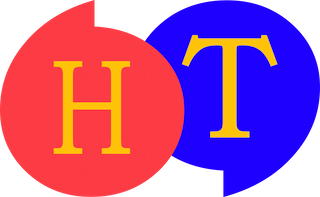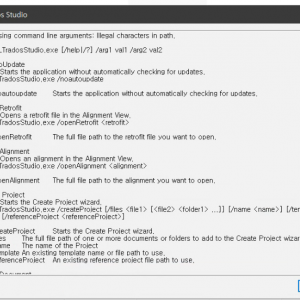For the next few posts, I will talk about proofreading. Even when I write in my native language, I find quite a few grammar, spelling, and spacing mistakes, as well as issues with the overall flow of the text. Thus, it’s important to look over your writing, no matter what type of document it is. Translators must get accustomed to proofreading. However, if you come across any mistakes in this blog, please don’t be too critical. :D

That said, the first proofreader of all texts is the writer himself. With translations, the translator must be the first proofreader. In the translation industry, proofreading usually means looking over someone else’s work, but a translator who passes on his or her work to someone else without looking over it at least once can cause a lot of people a lot of grief… Also, when you use CAT tools, there will be other tasks besides fixing small errors. After you export a file, minor formatting will be needed, hyperlinks must be added, etc. These may be trivial tasks, but are very important. These tasks are a part of a translator’s proofreading process.
If someone else looks over something that you’ve already read over and fixed, the final outcome will be even better. A second or third perspective can point out different errors as well as the original writer’s misunderstandings and shortcomings. Usually, when agencies say proofreading, they mean this. This proofreading can be done by another translator or sometimes a monolingual editor. In Korean this process is called ‘polishing up’, or embellishing a piece of writing.
Proofread works are still not completed translations. This is because the proofreader will always have a secondary point of view. Often, the proofreader will not put in the same amount of time and effort as the original translator did. This is more often the case when the proofreader is monolingual. The accuracy and faithfulness to the original document may be sacrificed in the process of proofreading. It’s important that the text in the translated document flows well, but a lot of times accuracy and faithfulness to the source document is more important. In this case, ‘faithfulness to the source document’ must be prioritized over ‘accuracy.’ The translator must be solely responsible for the faithfulness to the source document. (That’s why, sometimes, a separate affidavit is drawn up by the translator.) The proofreader can make errors when editing the translator’s work or change something that was already correct in the first place. It’s dangerous to use the proofread document as the final one. (Some low-quality agencies and end clients often make this crucial mistake.) For this reason, the original translator must look over the proofread document and either accept or reject edits made by the proofreader before the document is complete. This is called ‘finalizing.’
For very important documents, a process called ‘back translation’ may be included in the above process. For example, an English document translated into Korean may be translated again into English by someone else. By doing this, important differences between the original source document and the back-translated document can be found. If differences do exist, the back translation can help decide whether these differences occurred due to mistranslations or cultural and linguistic issues. (The drawback is that this process takes quite a long time…)
Another step may be added after the back translation as well. A part of the translated document may be given to a sample of readers (realistically, they are translators as well most of the time, I think) who will be reading the final document. The readers can decide if they understand the document, if there are any concepts that are too difficult, or if there are any other specific difficulties. Points made in this process are relayed to the translator. This is called ‘linguistic validation’.
Each process mentioned above requires a lot of time because various translators and agencies who are in different time zones must send and receive files via email. This long process creates a final reliable translated document. The term proofreading can be used to include all the processes above, or each process may be referred to separately. In the next post, we will look at specific issues that may arise during each process in detail.







